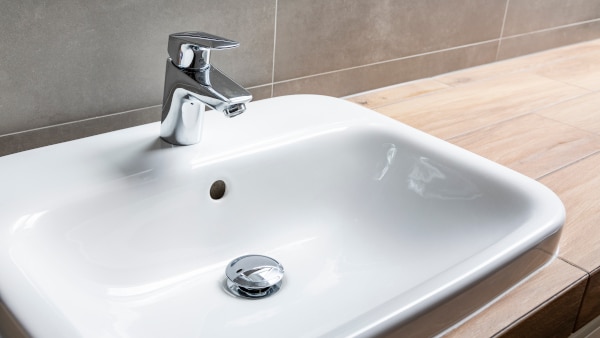The proliferation of invasive iguanas poses significant challenges in many regions, as these reptiles can cause extensive damage to properties and local ecosystems. In order to address this issue, it is crucial to implement effective iguana control strategies that do not involve relocation, as it is often illegal. Humane Iguana Control in South FL explains in this blog the importance of iguana control and various techniques that can be used to tackle this problem without the need for relocation.
1. Understanding the Impact of Invasive Iguanas:
Invasive iguanas can have detrimental effects on environments and property. They can cause damage to landscaping, gardens, and vegetation by feeding on plants, flowers, and fruits. Their burrowing activities can also compromise foundations and irrigation systems. Moreover, they can disrupt the balance of native wildlife populations by competing for resources and preying on vulnerable species.
2. The Significance of Iguana Control:
Implementing effective iguana control methods is essential to mitigate the negative impacts caused by these reptiles. By focusing on control strategies that do not involve relocation, we can prevent further spread while safeguarding property values and ensuring the well-being of local flora and fauna.
3. Trapping Techniques for Iguana Control:
Trapping can be an effective method to control invasive iguana populations without relocation. It involves using specially designed traps that capture the iguanas for subsequent removal or disposal. Trapping can be done humanely, without causing harm to target species or non-target organisms. It is important to follow local regulations and guidelines to ensure responsible trapping practices.
4. Choosing Appropriate Traps:
Selecting the right traps is crucial for successful iguana control. Different types of traps are available, including cage traps, funnel traps, and snare traps. Considerations such as target species, terrain, and environmental conditions should guide the choice of traps. Thorough research and consultation with professionals in pest management can help determine the most suitable trap for a specific situation.
5. Baiting and Attracting Techniques:
To entice iguanas into traps, proper baiting and attracting techniques should be employed. Fresh fruits, vegetables, or specialized iguana bait can serve as effective lures. Placing traps near preferred feeding areas or along their usual travel paths can increase the chances of capturing them successfully.
6. Best Practices for Trapping:
Achieving successful iguana control through trapping requires careful planning and adherence to best practices. Regular monitoring of traps is vital to promptly remove captured iguanas and prevent stress or harm. Handing trapped iguanas with care is important, and proper disposal methods should be followed, in accordance with local regulations.
7. Integration of Techniques for Enhanced Results:
While trapping is an effective technique, incorporating other iguana control methods can maximize efficiency. Implementing habitat modifications, such as removing food sources or adjusting landscaping practices, can discourage iguanas from frequenting the area. Furthermore, installing physical barriers like fences or netting can help prevent iguanas from accessing specific spaces.
Conclusion:
Implementing effective iguana control strategies is vital in managing invasive iguana populations and mitigating the damages they cause. By focusing on trapping techniques and other non-relocation methods, we can work towards minimizing the negative impact of invasive iguanas without violating any laws. Through a comprehensive approach that combines trapping with other control techniques, we can strive to create balanced ecosystems and protect our properties from the damages caused by invasive iguanas.


